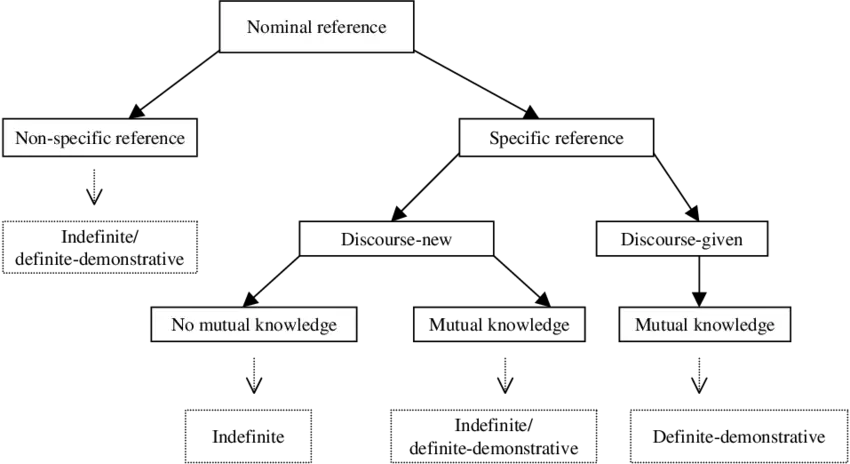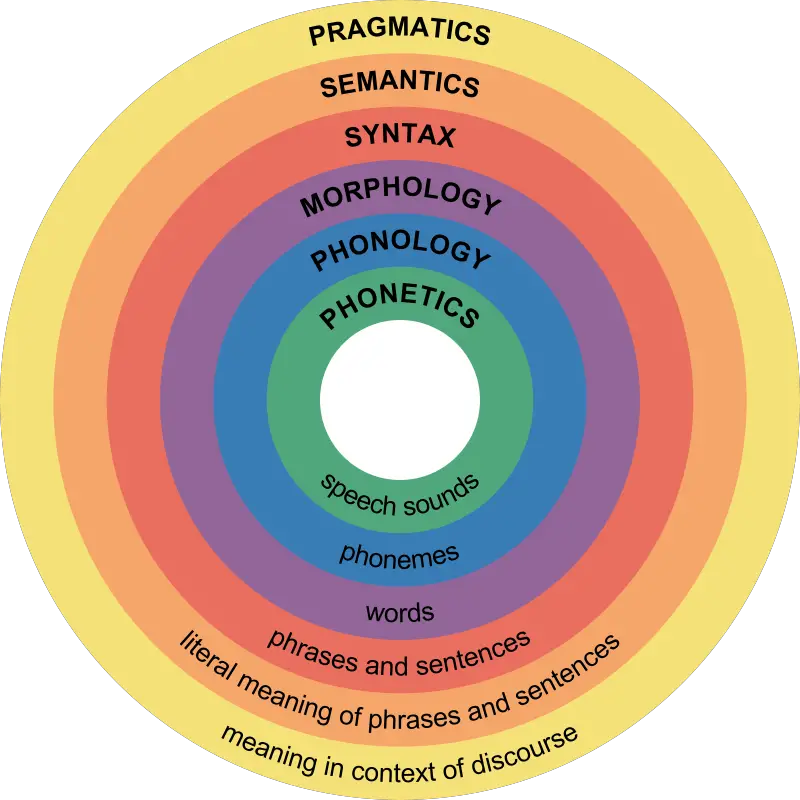The relationship between pragmatics and discourse analysis is such that makes it difficult to really say where one ends and where the other begins or when one explicitly excludes the other. The most popular definition of discourse analysis is given by Brown and Yule (1983) i.e. “… .the analysis of language in use.. .which is not to be restricted to the description of language forms independent of the purpose or functions which these forms are designed to serve in human affairs.”

Hence, a discourse analyst will describe language forms as they are used in communication but will go further to explain the functions of these forms in real-life situations. According to Adegbija (1999) a discourse analyst will answer the following questions:
• What is the conversation or discourse about? (focus on
theme/subject matter of discourse)
• What comments are being made about the topic?
(participation/contributions of participants)
• Who are the speakers and addressees and what are their roles and relationships? (relationships and how this is reflected in discourse)
• How is turn-taking effected? What are the turn-taking effected techniques? (does age, sex, status, etc affect it?
• How has the topic been linked from one speaker to another? Or how has coherence in discourse been achieved? (does violation of rules, omissions etc communicate extra-sentential meaning)
• How is reference made to different objects, persons, things or places? Is it done backward, forward, within the text, or outside the text? (focus on content)
• How is meaning decoded from the discourse? (What contributions does the context of discourse make to the encoding and decoding of meaning?) (focus on context)
• What specific and overall functions do the different utterances in the discourse perform? (Interpretation of meaning).
• How is discourse terminated by participants?
• What specific function does the discourse perform in particular social/cultural context?
The last question especially coincides with the concern of pragmatics. The theories of pragmatics which we have discussed so far, attempt to explain how people create meaning and make sense of what is said in specific situations. Speakers are guided by their knowledge of the language system alongside their knowledge of the socio-cultural system, beliefs and traditions and the fact that meaning is not constructed from the formal language of the message alone.
Every piece of discourse or conversation gives the speaker an opportunity to apply some pragmatics principles to encode meaning in words that most realise their intention. Both pragmatics and discourse analysis link form to function and this may help language learners to familiarize themselves within a discourse, rather than just the formal structure of a language. Unfortunately most learner concentrate on trying to understand the meaning of every word and their literal meaning. But discourse structure may consist of functional units which only a pragmatic interpretation will help to decode.
According to Cook, pragmatics provides us with a means of relating stretches of language to the physical, social, and psychological world in which they take place. While discourse is the totality of all these elements interacting, pragmatics tends only to examine how meaning develops at a given point. It provides us with something like “a snapshot meaning.” Discourse is “more like a moving film, revealing itself in time, sometimes over a long time.” Discourse is the material upon which we apply pragmatic interpretation. Hence, discourse analysis presumes pragmatics, meaning that a comprehensive discourse analysis, will definitely involve pragmatic interpretation of meanings.


